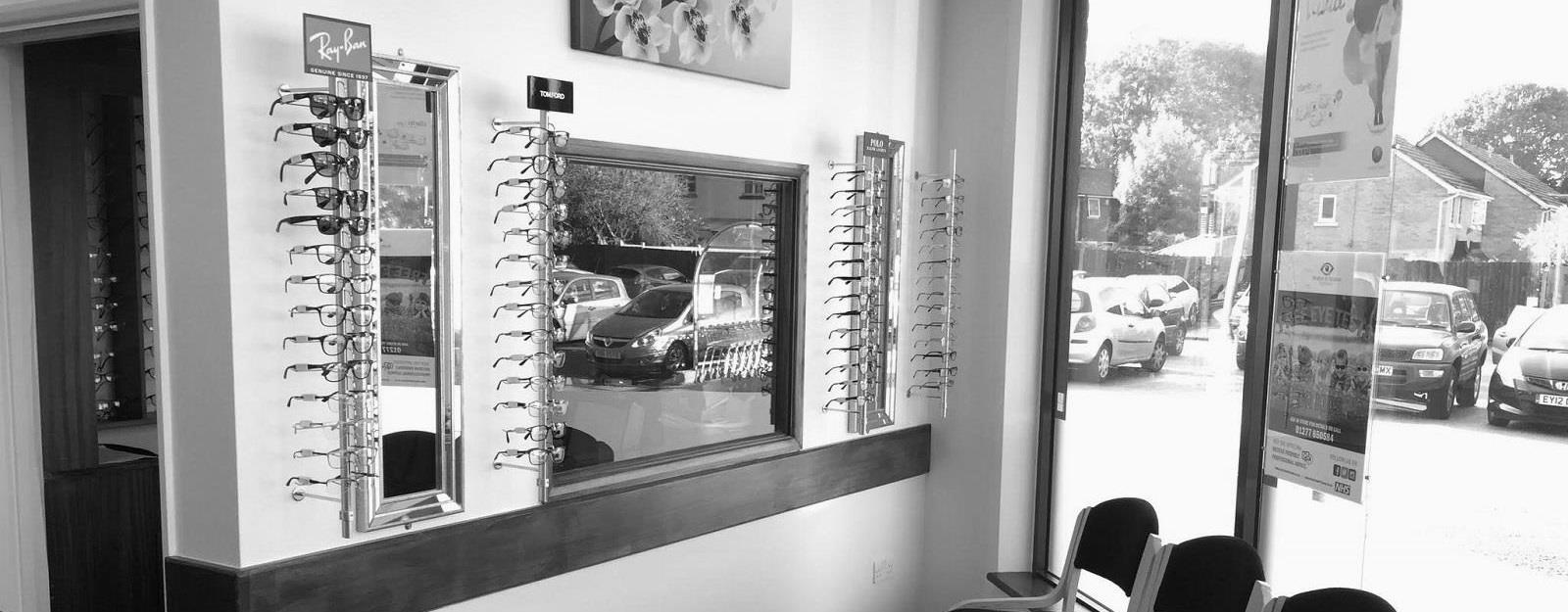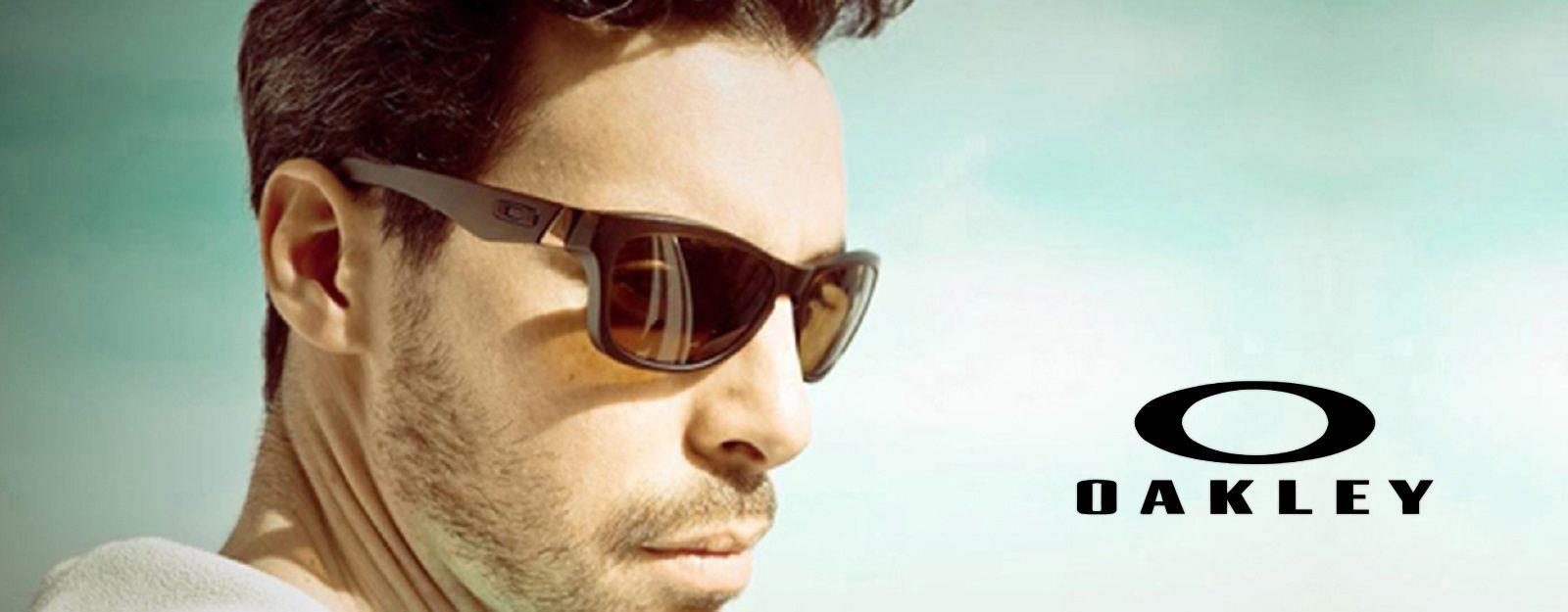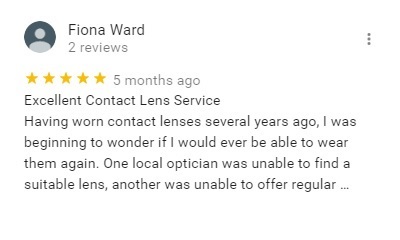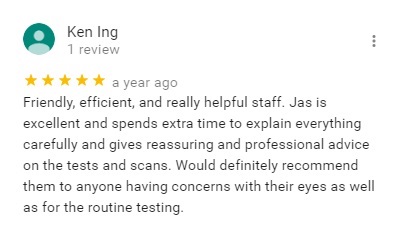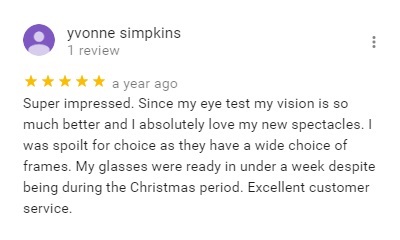Eye Examination
At Stratton Opticians, our optometrists allow up to an hour for each eye examination, which are always tailored and totally bespoke to your individual needs and requirements. We use the latest diagnostic equipment and assessment tools to enable us to do this accurately.
Both of our senior optometrists have been qualified for over 12 years and have a wealth of experience in the optical field. Our routine eye examination will always check closely for any early signs of eye disease and other medical conditions. Any other visual problems detected during the eye examination will be clearly explained by our optometrists at the end of the examination. Our patients are always treated with the upmost care and are always welcome to come back into the practice at a later date for further advice.
Common eye diseases
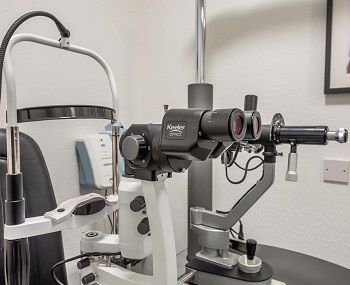 Some diseases of the eye are painless and without regular eye examinations may not get treated until they cause permanent vision loss. As we get older, our eyes become more susceptible to certain eye conditions. After the age of 60 it is particularly important to attend for an eye examination regularly to help diagnose and receive appropriate treatment for these conditions. It’s important this is done as early as possible as waiting until problems arise is the point at which it may be too late to treat and manage the condition.
Some diseases of the eye are painless and without regular eye examinations may not get treated until they cause permanent vision loss. As we get older, our eyes become more susceptible to certain eye conditions. After the age of 60 it is particularly important to attend for an eye examination regularly to help diagnose and receive appropriate treatment for these conditions. It’s important this is done as early as possible as waiting until problems arise is the point at which it may be too late to treat and manage the condition.
Please choose from the selected common eye conditions below to read more information about each of them. If you are worried about anything you read please don't hesitate to contact us so we can arrange an eye test for our optometrist to thoroughly examine your eyes at our Practice to test for early signs of all conditions.
Just some of the eye diseases we screen for during a routine eye examination are glaucoma, cataract, macular degeneration, diabetic retinopathy, other retinal problems, corneal issues and conjunctival issues (such as conjunctivitis). Many other systemic health issues such as diabetes can often be detected on a routine eye exam, hence this highlights the importance of having your eyes tested regularly.
Do I qualify for an NHS eye test?
- You’re aged under 16
- You’re aged 16, 17 or 18 and are in full-time education
- You’re aged 60 or over
- You’re registered as partially sighted (sight impaired) or blind (severely sight impaired)
- You’ve been diagnosed with diabetes or glaucoma
- You’re 40 or over, and your mother, father, brother, sister, son or daughter has been diagnosed with glaucoma
- You’ve been advised by an ophthalmologist (eye doctor) that you’re at risk of glaucoma
- You’re on certain benefits (Income Support, Income related Employment and Support Allowance, Tax Credit, Income Based Jobseekers Allowance)
- If you are on a low income, you may be able to get help with the cost of sight tests, glasses and contact lenses through the NHS Low income Scheme.
- Those holding Form HC2/3
- Complex lenses (partial help)
- Persons not in the above list but on low income may still get help.
- Please ask for Form HC1 in advance of your appointment.
Driving & Eyesight
 You should always wear your glasses or contact lenses when driving if you need them. We also recommend the following:
You should always wear your glasses or contact lenses when driving if you need them. We also recommend the following:
- Keep a pair of prescription sunglasses in the car to combat bright sunlight, especially in the winter when the sun is low
- Plastic or polycarbonate lenses are less likely than glass to shatter in an accident
- Some types of Varifocals are designed to provide a wider field of view for driving - your optometrist will advice you about this
- Polarising lenses reduce glare, making them ideal for driving during bright daylight hours
- Adding an anti-reflective coating to your normal distance driving glasses reduces glare when day driving
The law in the UK states that you are legally required to be able to read a number plate from a distance of 20.5 metres in normal conditions. If you can’t meet this standard, your insurance will be invalid. However, there are two obvious problems with this criteria: it requires drivers to self-test (which they rarely do) and secondly, it doesn't test for visual fields (your peripheral vision), which is essential for safe driving.
Additionally, certain eyesight conditions, such as cataracts and double vision must be reported to the DVLA and drivers must be able to see clearly out of the corners of their eyes and when driving in the dark.
Drivers who don’t take responsibility for their vision by having regular eye tests risk serious penalties if involved in an accident. This can include points on your licence, a fine or even time in prison.
Make sure that you don’t get caught out when it comes to driving. At Stratton Opticians we will ensure that your eye prescription is correct, up-to-date and we will answer any queries you may have about driving and the law.
Floaters
 Floaters, spots, or ‘cobwebs’ are small specks or strands that move through your field of vision. They are often most visible when looking at a lighter background such as a lightly coloured wall, piece of white paper, a bright sky or a white computer/tablet screen.
Floaters, spots, or ‘cobwebs’ are small specks or strands that move through your field of vision. They are often most visible when looking at a lighter background such as a lightly coloured wall, piece of white paper, a bright sky or a white computer/tablet screen.
Floaters can be caused by many things:
- As we age, the vitreous gel in the eye may thicken and shrink, causing little clumps to form.
- If the vitreous gel pulls away from its attachments to the retina, called a posterior vitreous detachment (PVD), it can clump up and make a larger floater
- Sometimes tears in the retina can occur, releasing cells into the middle of the eye that appear as many small floaters.
- Flashes (photopsia) also may occur after a blow to the head, often called “seeing stars.”
- Inflammation in the eye can cause floaters to appear in the vision.
Some people experience flashes of light that appear as jagged lines or “heat waves” in both eyes, often lasting 10-20 minutes. These types of flashes are usually caused by a spasm of blood vessels in the brain, which is called a migraine.
Computer Eyestrain
 Many people who use computers complain of eye strain. Looking at a monitor for a long time can strain your eyes or can make any other problems you are having with your eyes seem more noticeable. Symptoms include:
Many people who use computers complain of eye strain. Looking at a monitor for a long time can strain your eyes or can make any other problems you are having with your eyes seem more noticeable. Symptoms include:
- Eye discomfort
- Headaches
- Sore, tired, burning or itchy eyes
- Difficulty focusing
- Watery eyes
- Dry eyes
- Blurred or double vision
- Increased sensitivity to light
Although eye strain can cause discomfort, it usually isn't serious and goes away once you rest your eyes. You may not be able to change the amount of time you’re in front of a computer at work, or the factors that can cause eye strain but you can take steps to reduce it.
- Rest your eyes - Regularly look away from the screen and focus on some object in the distance (further than 6 meters) - it relaxes the focusing muscles in the eyes which reduces eye fatigue.
- Take breaks from the computer - It is important to take regular breaks from the computer to reduce computer eye strain. Use adequate lighting- Eye strain is usually caused by sunlight or bright lighting in the room. Use curtains or blinds to reduce the brightness.
- Reduce glare - Make sure no lights behind you are reflecting in the VDU screen.
- Anti-glare (anti-reflective) coatings on lenses - helps reduce the glare. See the below video.
- Upgrade your monitor - Old CRT monitors flicker which is one of the main reasons for eye strain; replace them with modern LED screens.
- Change the monitor’s settings - Make sure the brightness is the same as your surroundings and the size of text and contrast is comfortable to read. Black text on a white background is the most comfortable. Reducing the amount of blue can help as blue light has a shorter wavelength and this is associated with more eye strain.
- Change your work station - Having to look from a screen to a piece of paper can strain your eyes. Make sure your chair and desk are at the right height for you. Your computer monitor should be 20 to 24 inches form your eyes and the centre of it should be 10 to 15 degrees below your eyes.
- Wear lenses specifically designed for computers - If you have contacts, think about wearing glasses instead as contact lenses can become dry and uncomfortable. Ask your optometrist about special lenses for computer work.
Dyslexia
According to the British Dyslexia Association, dyslexia is an umbrella term covering a range of learning related problems.
1) Blurring (non-refractive).
2) Movement of the letters and words. 3) ‘Shimmering’ on the page.
4) The words sinking into the white background of the page.
5) Pattern being formed by the spaces between the words and lines, which interfere with reading.
 Everyone has a natural transfer for visual information travelling from the eye to the brain (magnocellular pathway). But in the case of dyslexics, the transfer speed is too quick and needs to be slowed down by using coloured lenses (haploscopic filters) of differing wavelengths – to slow the information transfer by differing amounts, depending on that individual’s needs. The haploscopic filters also work to resynchronise the visual information into a format the brain will easily recognise.
Everyone has a natural transfer for visual information travelling from the eye to the brain (magnocellular pathway). But in the case of dyslexics, the transfer speed is too quick and needs to be slowed down by using coloured lenses (haploscopic filters) of differing wavelengths – to slow the information transfer by differing amounts, depending on that individual’s needs. The haploscopic filters also work to resynchronise the visual information into a format the brain will easily recognise.
It was Professor John Stein of Oxford University Dyslexia Unit that first found that about half of dyslexic individuals would benefit from using coloured lenses – giving clearer text, ease of reading and better word and number recognition.
What management solutions are available?
Whilst there is no single solution to managing dyslexia, the use of special tinted lenses incorporated into glasses or contact lenses has shown to make a huge improvement. It can also help patients who suffer from either Academic Skills Disorder ‘ASD’ (which includes dyslexia and dyspraxia (clumsiness)), colour deficiency and even migraine.
The entire assessment is completely painless – a pair of trial frames are simply placed on the patient’s face. The test for visual stress is first carried out with no filters in place and ascertaining the ‘words per minute’ score using the Wilkins ‘Rate of Reading’ test. Then the filters are used one by one on the non dominant eye (whilst looking at a reading chart) asking “Is the print clearer and easier to read, with or without the lens?” – until the one is selected which gives the most ‘comfortable’ and ‘relaxed’ view.
The procedure is then repeated for the dominant eye and the ‘Rate of Reading’ test repeated – to see what increase, if any, there is in the ‘words per minute’. The test is then repeated in its entirety without and then with the coloured spectacles to finalise the ‘Rate of Reading’ result. Often the ‘Rate of Reading’ test may not show a marked improvement in the ‘words per minute’ but the individual will notice a significant ‘distortion of the print’ improvement – where “it looks easier to read.”
Once an individual starts to use the filters, they get a permanent improvement as long as they continue to use them in the initial years. They eventually improve their reading skills and can start to do without the special tinted filters as their ability to read improves with education.
Colour Vision Deficiency
Special tinted lenses can realistically be expected to achieve the following:
 Improve general colour perception
Improve general colour perception- Make colours brighter and clearer
- Allow shades of colour, previously unseen, to be observed
- Improve the ability to name colours correctly (especially when assistance is provided in this area e.g. by relatives or friends)
- Improved colour vision may also lead to improved safety, for example through earlier identification of hazard warning lights and brake lights on the roads.
Until recently there has been no effective treatment for colour deficiency and sufferers have had to make adjustments in the real world themselves (for example, distinguishing traffic lights by their position on the post rather than by the different colours)
The aim of special tinted lenses for colour vision is to improve colour perception in real world situations – however it is also very likely that scores on colour vision tests will dramatically improve. Colour vision and colour naming in particular, will normally improve rapidly when using special tinted lenses within the first couple of months. With some people, however, the results are more immediate and they are able to pass tests after just a few hours of using special tinted lenses.
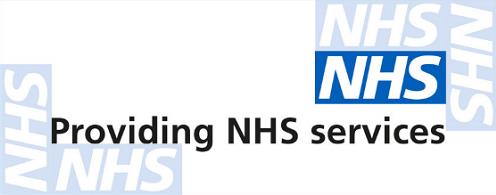


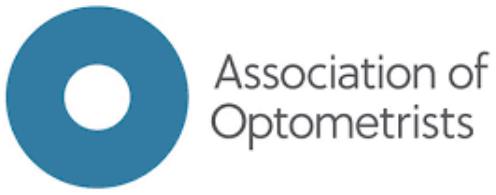
Contact
Opening Hours
Monday: 9am – 5.30pm
Tuesday: 9am – 5.30pm
Wednesday: 9am – 5.30pm
Thursday: 9am – 5.30pm
Friday: 9am – 5.30pm
Saturday: 9am – 2.00pm
Sunday: Closed
Off-street parking outside practice / Car park located opposite
How To Find Us
Testimonials


